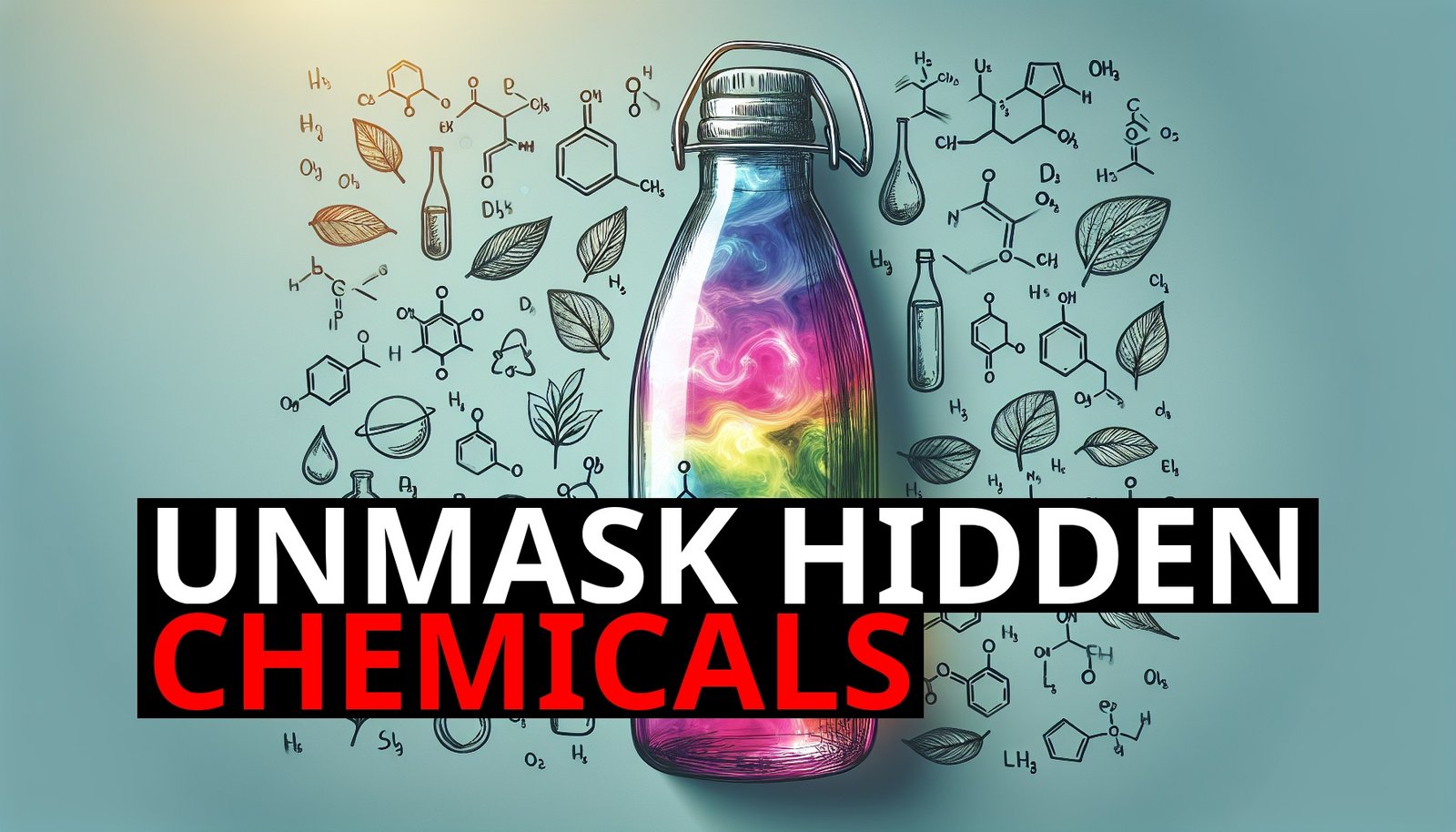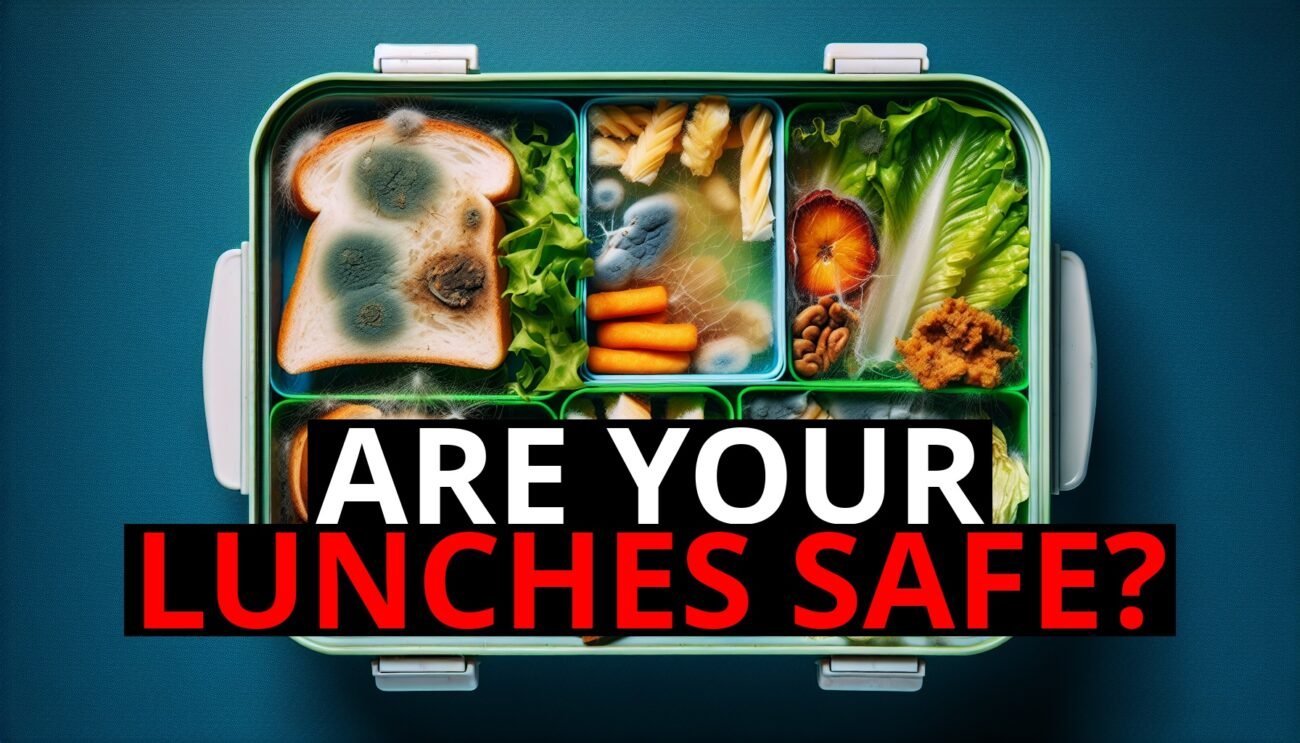Is Your Bpa-Free Water Bottle Really Safe?
You’ve made the switch to a reusable water bottle—great for the environment and, you thought, even better for your health. You specifically chose a bottle labeled BPA-free, confident that it was free from harmful chemicals. But what if I told you that your bottle might still be harboring hidden dangers?
While the push to eliminate BPA (Bisphenol A) from plastic products was a positive step, the story doesn’t end there. Many reusable water bottles, even those labeled BPA-free, may still contain other chemicals that could be just as harmful. Let’s dive into the truth about what’s really lurking in your reusable water bottle and what you can do to protect yourself.
The Bpa-Free Label: A False Sense Of Security?
Bisphenol A, or BPA, gained notoriety for its potential to disrupt hormones and cause various health issues, including reproductive problems and an increased risk of certain cancers. In response, manufacturers started producing BPA-free products, which quickly became the standard for safer plastic. However, the “BPA-free” label doesn’t necessarily mean that a product is free from all harmful chemicals.
– BPA Substitutes: When BPA was phased out, it was often replaced by similar compounds, such as Bisphenol S (BPS) and Bisphenol F (BPF). These chemicals are used to maintain the durability and clarity of plastic, but research suggests that they can also disrupt hormones in much the same way as BPA. In fact, some studies indicate that BPS and BPF might even be more potent than BPA, raising concerns about their long-term safety.
– Phthalates: Another group of chemicals to watch out for are phthalates, which are used to make plastic more flexible. Phthalates have been linked to a variety of health issues, including endocrine disruption, developmental problems, and respiratory issues. These chemicals can leach into the water you drink, especially when the bottle is exposed to heat or sunlight.
– Antimicrobial Additives: Some reusable water bottles are marketed as antimicrobial, with claims that they prevent the growth of bacteria and mold. While this might sound like a good thing, the chemicals used to achieve this effect, such as triclosan, have been shown to disrupt hormones and contribute to antibiotic resistance.
The Risks Of Chemical Leaching
So, what exactly happens when these chemicals leach into your water? The risks associated with chemical exposure from reusable water bottles can vary, but here are some of the potential health concerns:
– Endocrine Disruption: Chemicals like BPS, BPF, and phthalates can mimic or interfere with the body’s natural hormones, leading to imbalances that affect everything from metabolism to reproductive health. Over time, this disruption can increase the risk of conditions such as obesity, diabetes, and infertility.
– Developmental and Reproductive Issues: Phthalates, in particular, have been linked to developmental problems in children and reproductive issues in adults. Pregnant women and young children are especially vulnerable to the effects of these chemicals.
– Cancer Risk: While research is still ongoing, some studies have suggested a potential link between exposure to chemicals like BPA and its substitutes and an increased risk of certain cancers, including breast and prostate cancer.
– Antimicrobial Resistance: The use of antimicrobial additives in water bottles may contribute to the development of antibiotic-resistant bacteria, making infections harder to treat over time.
How To Protect Yourself: Safer Alternatives To Plastic
Given the potential risks associated with reusable plastic water bottles, it’s worth considering safer alternatives. Here are some options to help you stay hydrated without compromising your health:
– Stainless Steel Water Bottles: Stainless steel is a durable, non-toxic material that doesn’t leach harmful chemicals into your water. These bottles are also resistant to bacteria and odors, making them a safe and long-lasting choice for daily hydration.
– Glass Water Bottles: Glass is another excellent alternative, as it’s completely free from harmful chemicals and won’t affect the taste of your water. While glass bottles can be heavier and more fragile than plastic, many come with protective silicone sleeves to prevent breakage.
– BPA-Free Tritan Plastic: If you prefer the lightweight convenience of plastic, look for bottles made from Tritan, a BPA-free plastic that is also free from BPS, BPF, and phthalates. While it’s still plastic, Tritan is considered one of the safer options on the market.
– Avoid Heating Plastic Bottles: If you do use a plastic water bottle, avoid exposing it to heat or direct sunlight, as this can increase the likelihood of chemical leaching. Never microwave a plastic bottle or leave it in a hot car.
– Regular Cleaning and Maintenance: Keep your water bottle clean by washing it regularly with warm, soapy water. This helps prevent the buildup of bacteria and reduces the risk of exposure to harmful chemicals.
Conclusion: Choose Your Water Bottle Wisely
The shift to BPA-free products was an important step toward safer plastics, but it’s clear that the journey doesn’t stop there. Even BPA-free water bottles can contain other chemicals that pose potential health risks. By being aware of these dangers and choosing safer materials like stainless steel or glass, you can enjoy the convenience of a reusable water bottle without the worry of hidden toxins. Stay informed, make wise choices, and drink to your health—literally.













